Tag: Alberta
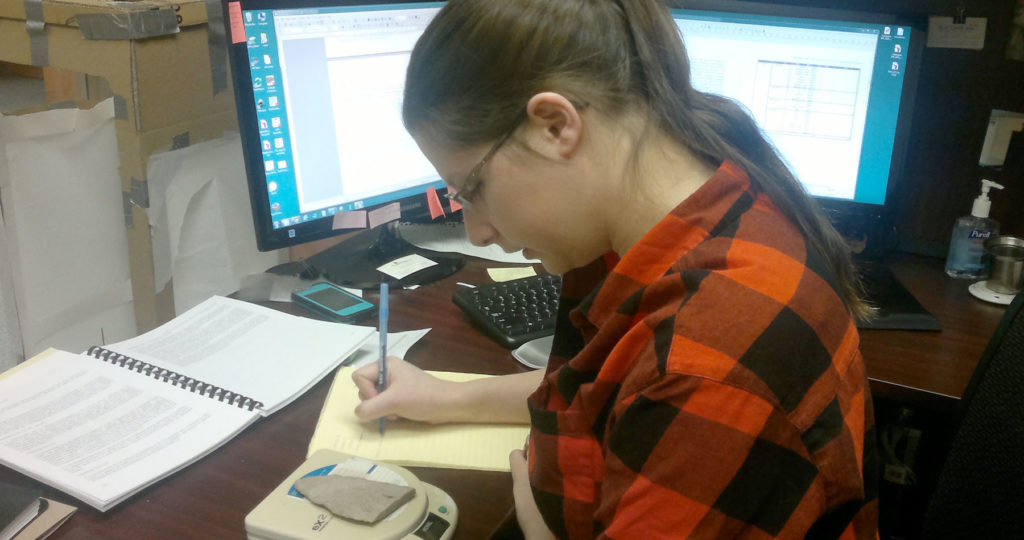
February 6, 2017
Introduction to CRM Part 5: Reporting
Once we have surveyed our targets and evaluated any sites we have found, it is time to return to the office. All of our notes are taken on an ipad in the field. Now all we have to do is export our notes into a database which eliminates the hours spent on data entry. Note
Keep Reading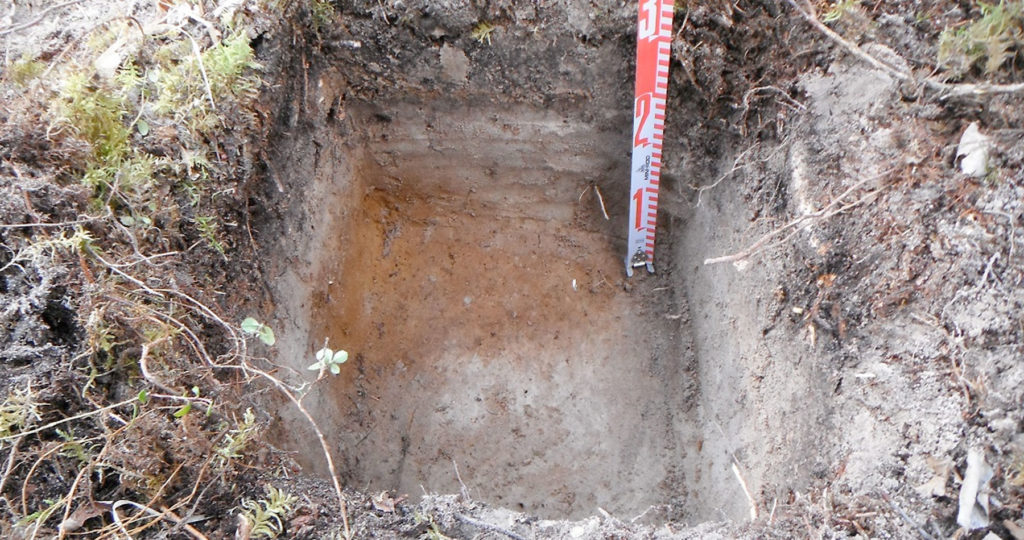
January 30, 2017
Introduction to CRM Part 4: Evaluating a Site
When we identify a site, we conduct further evaluative testing to determine the type, character, and extent of the site. This is done according to government guidelines, and depends on the type of site, and the type of landform. If the landform allows for it, testing occurs in each cardinal direction or in a grid.
Keep Reading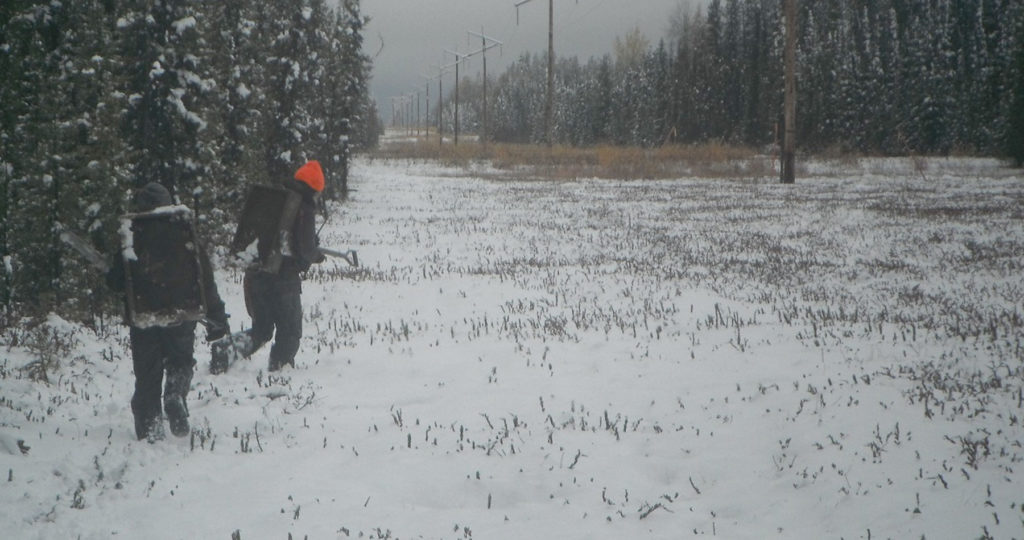
January 23, 2017
Introduction to CRM Part 3: Archaeological Survey
Using information compiled in the office, the next step of an HRIA is to leave the comforts of home behind and to venture into the field. Although there is a perception of archaeologists working at large excavations, often dressed in khakis and maybe wearing a fedora, archaeological survey is the most common type of field
Keep Reading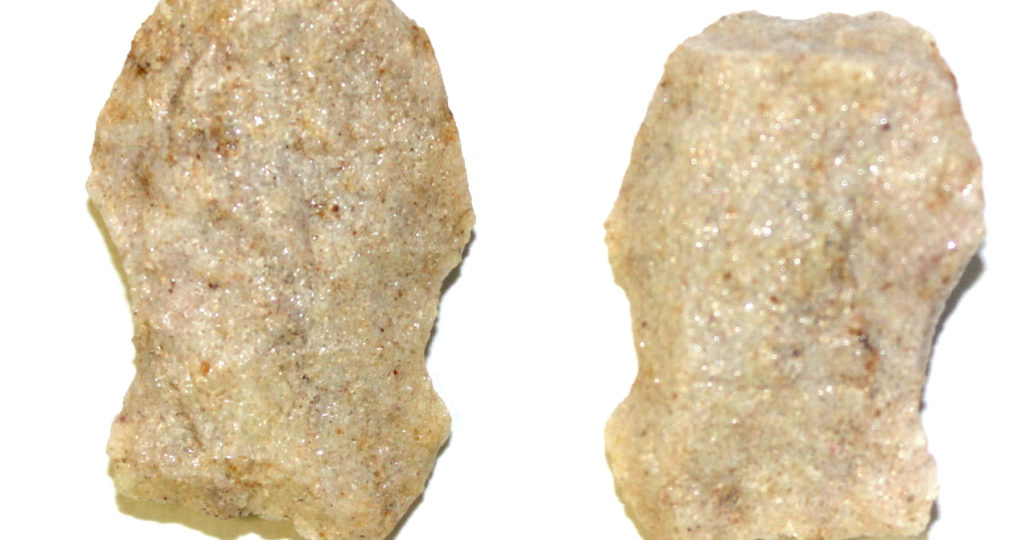
January 18, 2017
Atlatl Point
This little quartzite projectile point comes from a small site near Wabasca-Desmarais, Alberta. We found it on a small hill that was next to a lake, along with several chert and quartzite flakes. This point likely was fitted to an atlatl dart, a type of feathered throwing spear that uses a hooked throwing stick to help propel
Keep Reading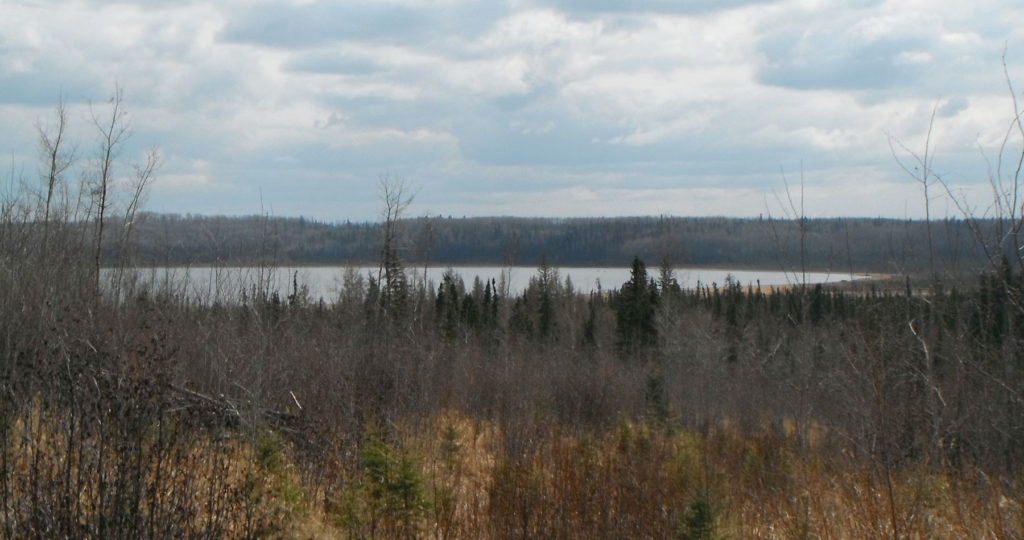
January 16, 2017
Introduction to CRM Part 2: Development Screening and Project Planning
The first step of a historic resources impact assessment (HRIA) happens in the office. Once we have the plan for a development, we need to assess whether the footprint will impact any recorded sites or if it has the potential to impact any unrecorded sites. We use our experience and knowledge of archaeology, GIS data,
Keep Reading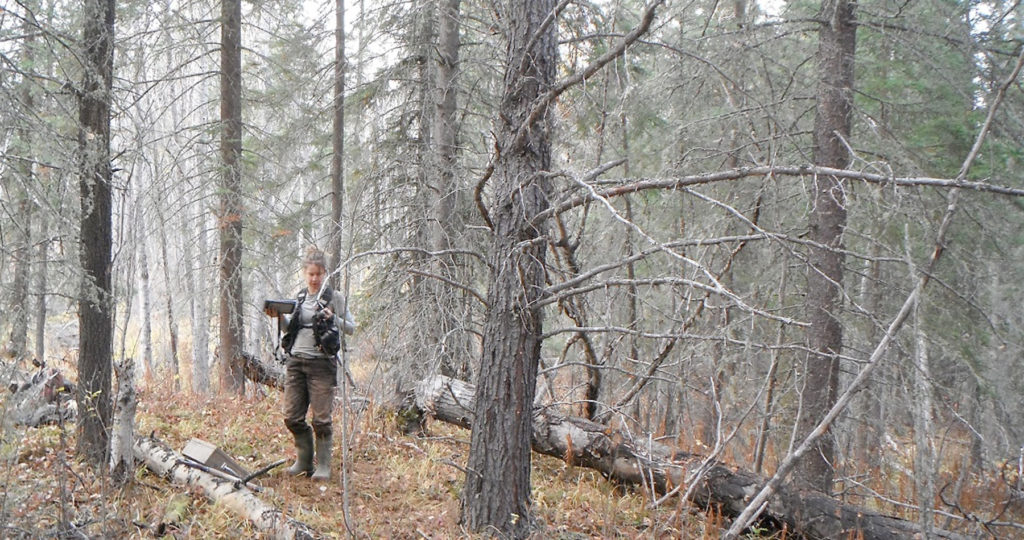
January 9, 2017
Introduction to CRM Part 1: Cultural Resource Management
Cultural Resource Management (CRM) is undertaken in many different countries all over the world and it can go by just as many names, Contract Archaeology, Consulting Archaeology, Compliance Archaeology, and Heritage Resource Management (HRM) to name a few. Whatever CRM is called, the underlying purpose is always the same. These archaeologists engage in the protection,
Keep Reading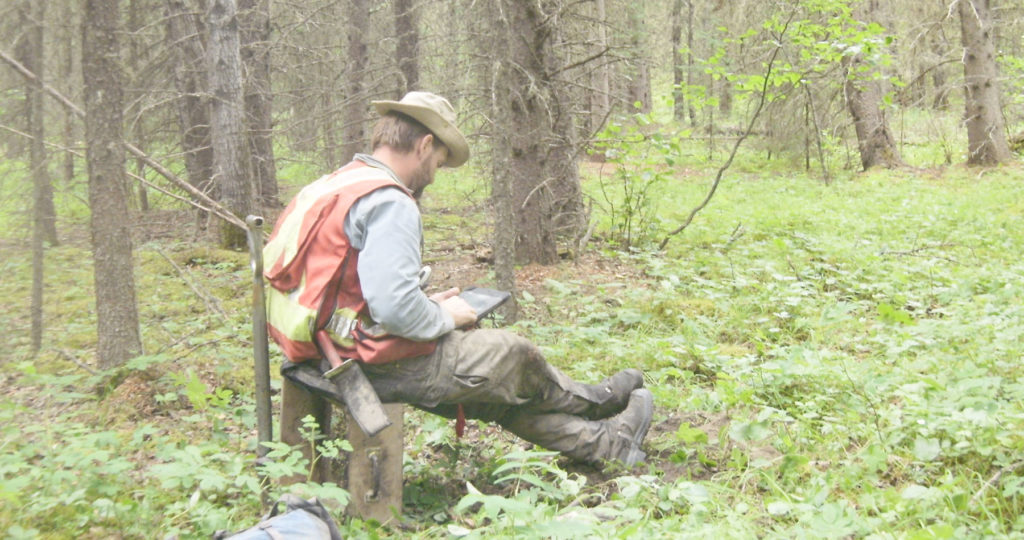
November 14, 2016
Careers in Archaeology
Consulting The most common career in archaeology is that of a consulting archaeologist. Consulting archaeologists work in the field of Historic Resource Management or Cultural Resource Management (CRM). People in this line of work generally work on Historic Resource Impact Assessments of planned developments before construction is started. The responsibility of consulting archaeologists is to
Keep Reading
November 2, 2016
Slave Lake Plane Crash
In the summer of 2013, Vince and I were walking through a harvested cutblock south of Slave Lake and we noticed something big and white on a high hill along the tree line. At first we thought it was some sort of tarp but as we got closer we realized it was the broken tail
Keep Reading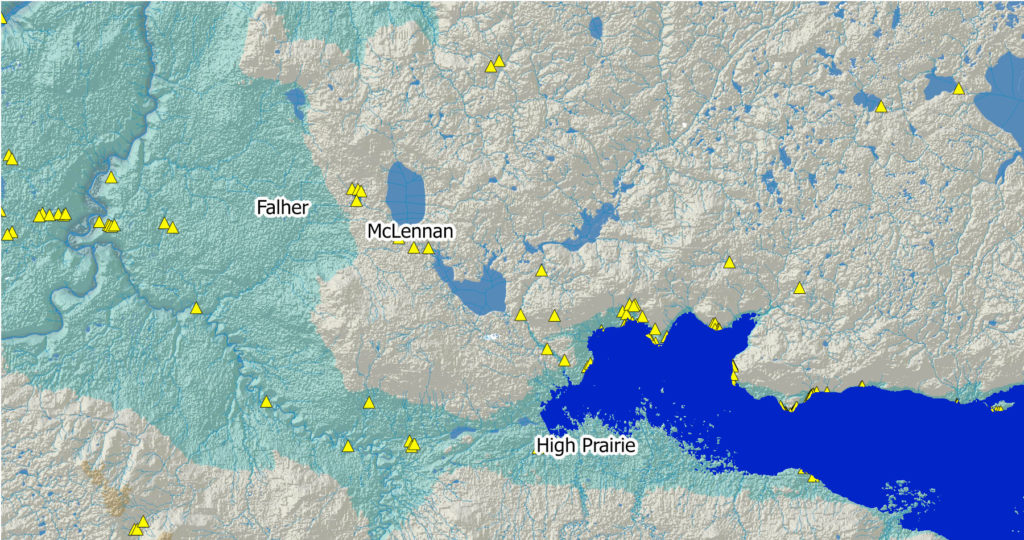
September 20, 2016
Glacial Lakes around Lesser Slave Lake
Where we find archaeological sites in the province is often strongly tied to the physical environment. We look for the different physical characteristics such as distance to water and if an area is high and dry. These features are indicators, which tell us that there could be an archaeological site in the area. This approach to
Keep Reading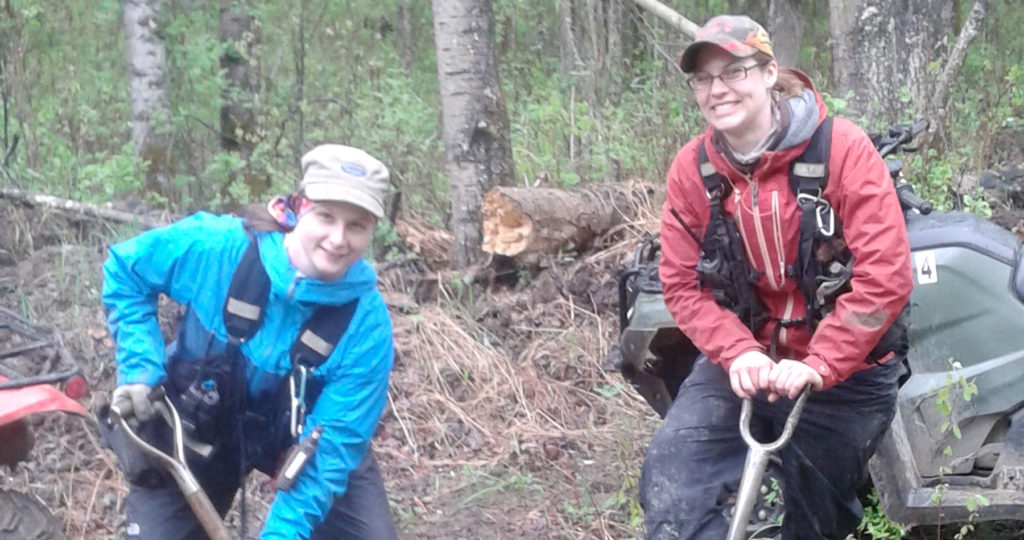
June 24, 2016
The King of Spades vs. the Grizzly
Over the years archaeologists have adopted technological advances from other disciplines. In the office, using programs such as QGIS along with LIDAR and other data sets we can create models to predict sites. In the field, we use a GPS for navigation and iPads to take our notes. Artifact processing has also seen many advances
Keep Reading